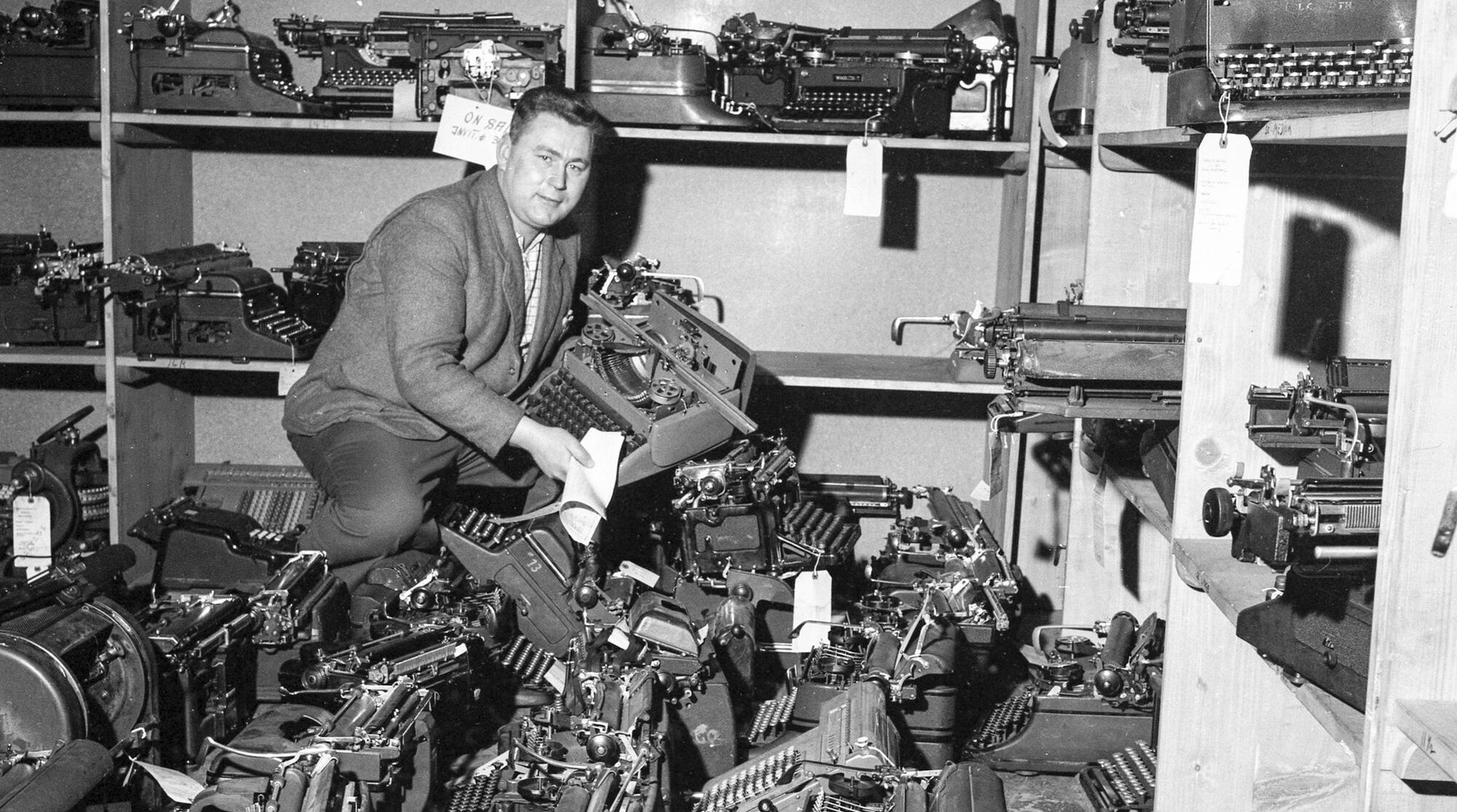When the Western powers bid farewell to Berlin in 1994, they put a wide range of important objects relating to their nearly 50-year presence into our care, laying the foundation for our collection. And our collection continues to grow, for example through gifts from veterans, former civilian employees and contemporary witnesses.
Our task is to record, administer and preserve for future generations approximately 500,000 objects according to scholarly criteria. The geographical focus is Berlin. We also collect and preserve materials from the garrisons of other regions in Germany. As a lender, we also act as a partner for museums in Germany and abroad.
Our Collection Areas
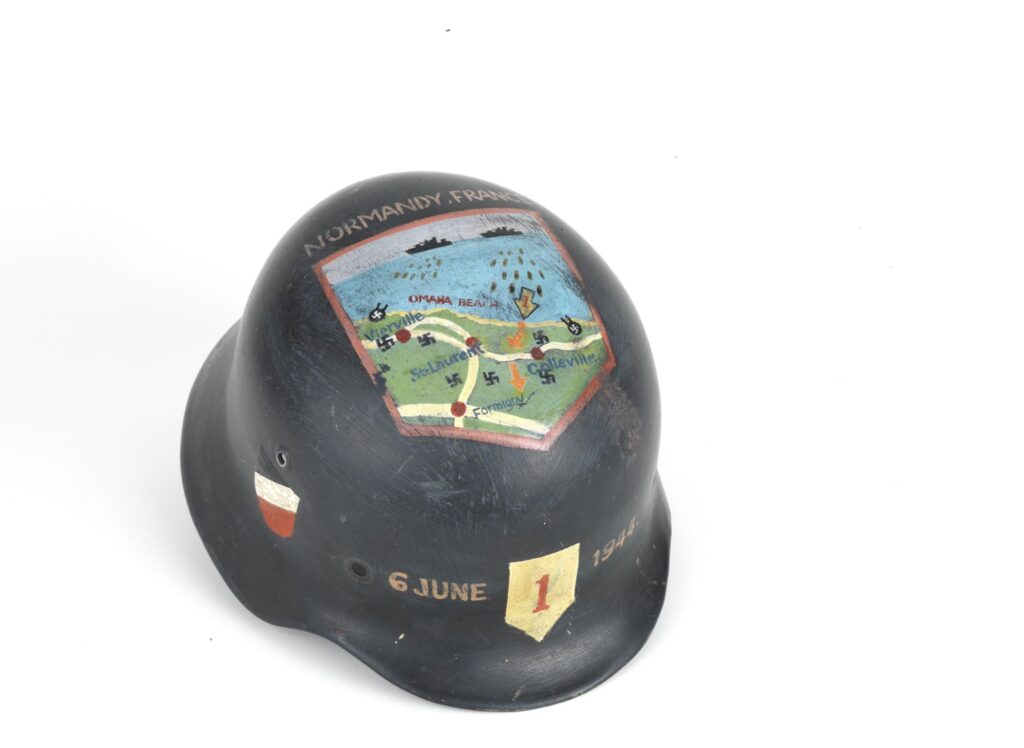



From uniform buttons to military fatigues
Whether military fatigues, tracksuit bottoms, dress uniforms, helmets, sleeve insignias or medal clasps, the militaria collection features a wealth of uniform parts from the armed forces of the Western powers. We also collect all manner of equipment issued by the various armed forces, from rucksacks to combat knives and water bottles.
Some units stationed in Berlin no longer exist today, but we continue to endeavor to complete the collection. The more than 200 uniform jackets in the possession of the Allied Museum already offer a clear impression of how differently American, British, and French soldiers were dressed and equipped.

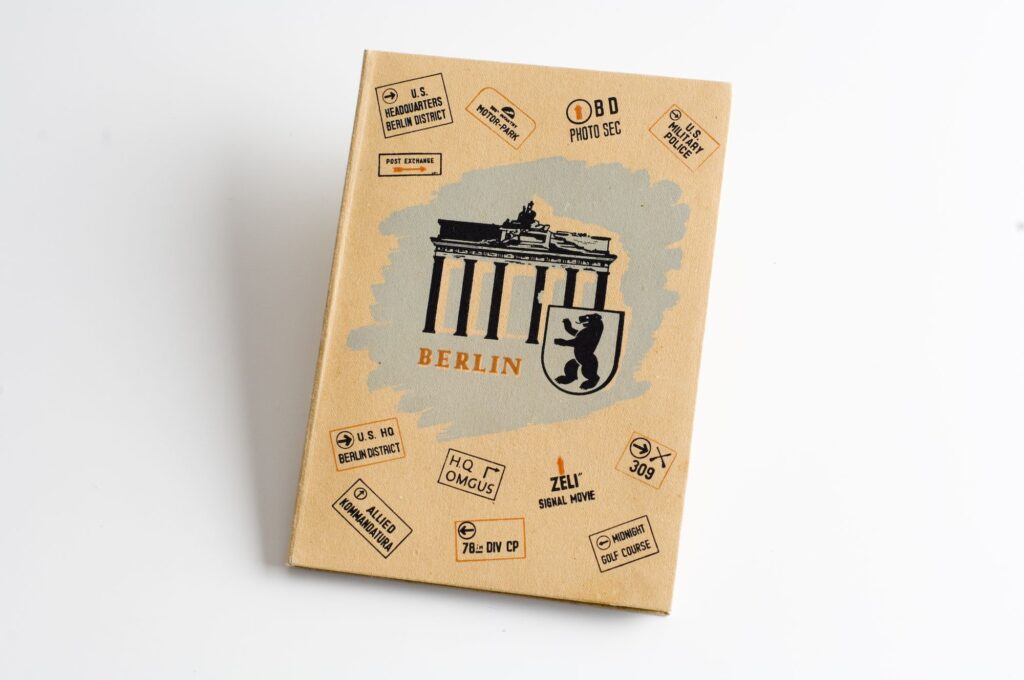
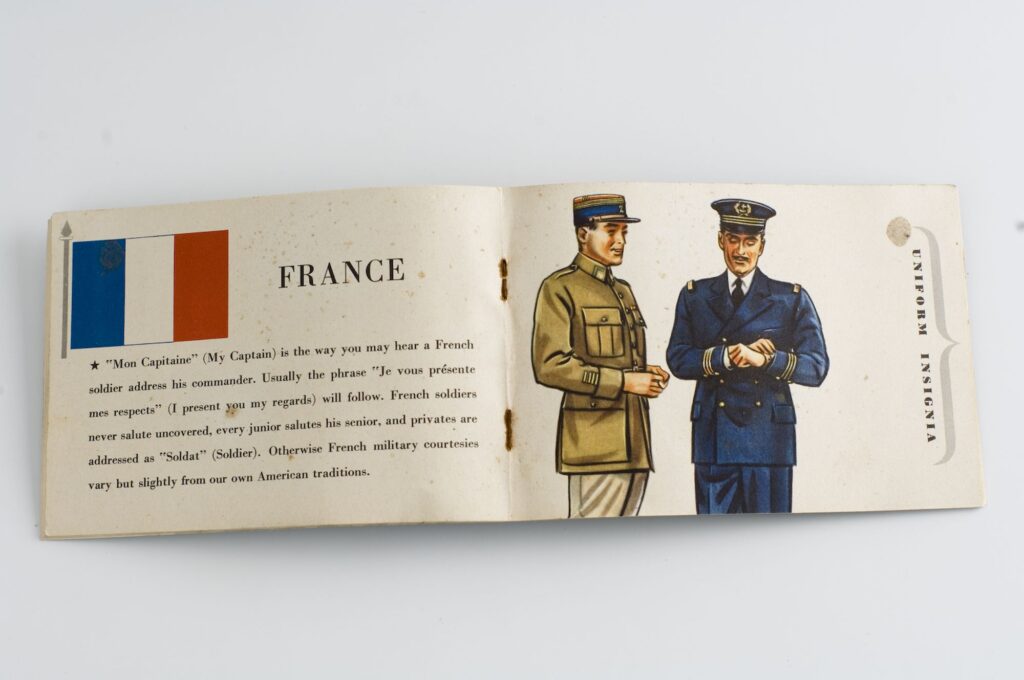
ID cards, gazettes, file folders
The hundreds of documents in our collection include official publications, event programs, private correspondence or diaries. They include official publications, programs, private letters or diaries. Apart from the gazettes issued by the Allied authorities, a further focus of the collection is the garrison newspapers published by the three Western powers in Berlin: the American weekly “Berlin Observer”, the British weekly “Berlin Bulletin“ and the fortnightly French magazine “La Gazette de Berlin.“
The British government donated documents from its secretariat in the Allied Kommandatura, which was active from 1945 to 1990, to the Allied Museum. The files encompass some 30 running meters and represent the largest self-contained body of holdings within the documents collection.
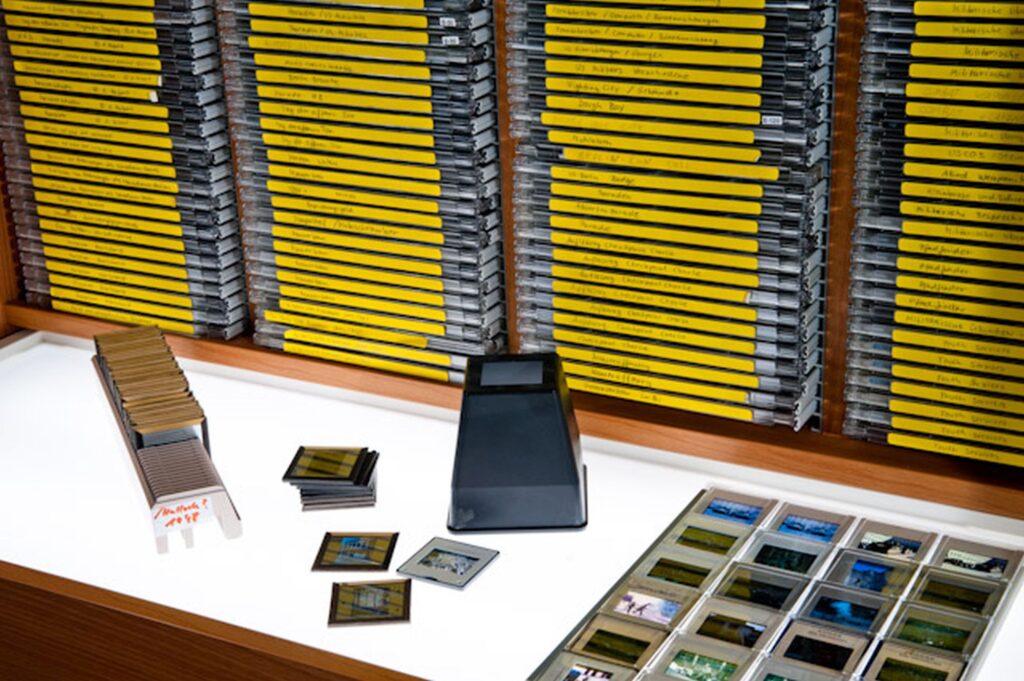
History in focus
From parades and maneuvers to visits by VIPs, the photos in the Allied Museum picture archive offer a panorama of military life in the garrisons. Official photographers were not the only ones to capture images with their cameras, however. The soldiers of the Western powers also caught their experiences while stationed in Berlin on film or took photos of their friends on excursions. Thousands of pictures offer interesting glimpses of everyday military and private life.
An important sub-collection comprises some 2,000 private and official photographs from the era of the Berlin Airlift. Approximately 1,000 photos extensively document the politically charged practice of intelligence gathering by the Allied military liaison missions active in the Soviet zone of occupation.
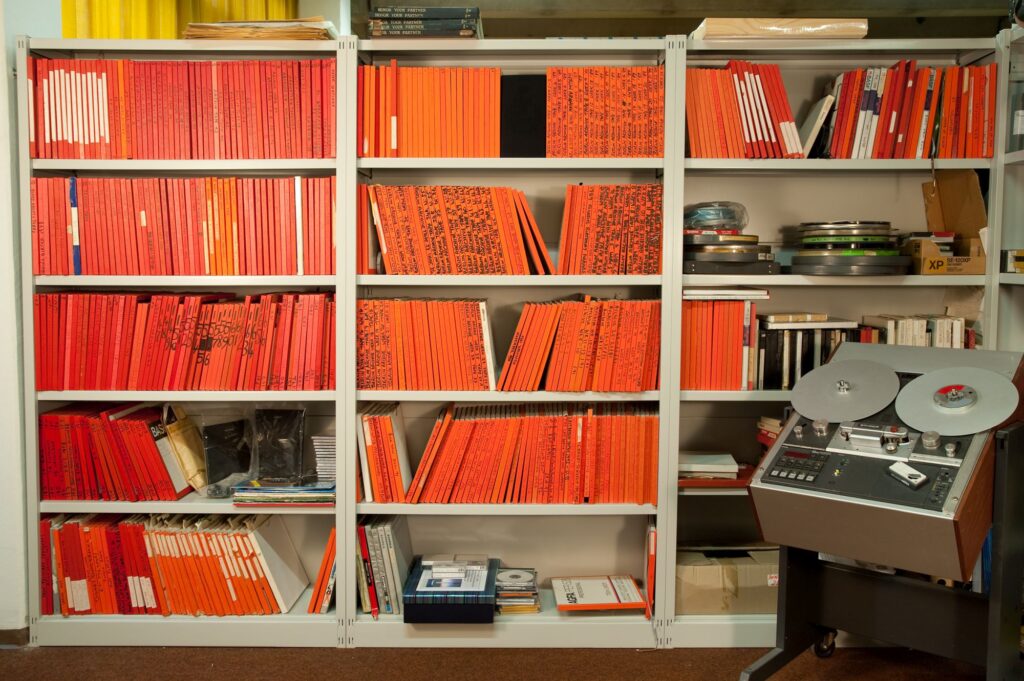
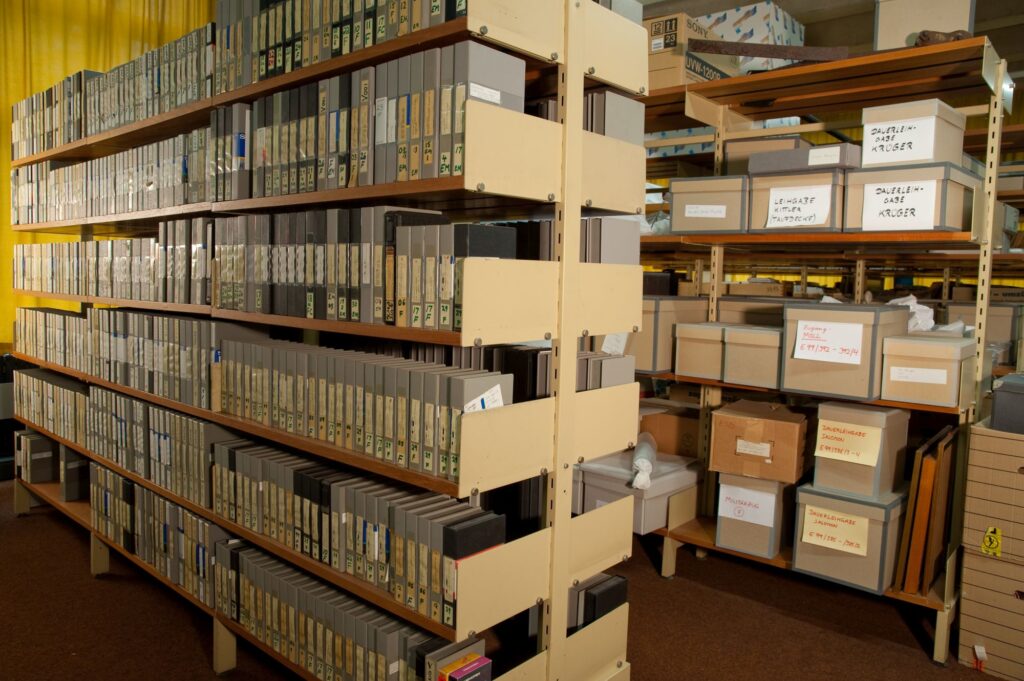
Familiar sounds
The American Forces Network (AFN) and the British Forces Broadcasting Service (BFBS) broadcast from Berlin for Berlin and kept soldiers stationed here apprised of events back home. They were also trendsetters playing the latest musical sensations. Both forces radio stations were also extremely popular among German listeners. Large segments of the BFBS sound archive from the 1980s and 1990s are now part of the Allied Museum collection and document reporting from Berlin.
Moving history
From field manoeuvres to fairs and military parades – the Allied Museum video archive presents moving history. Between 1980 and 1994 the U.S. military captured a wide variety of events in the garrison on film.
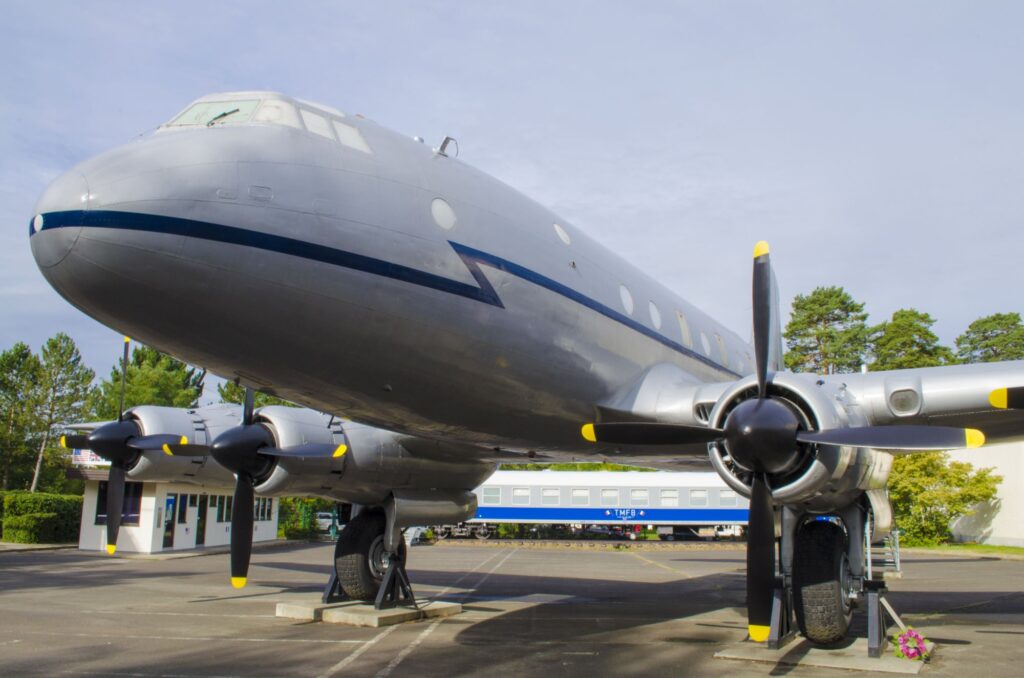

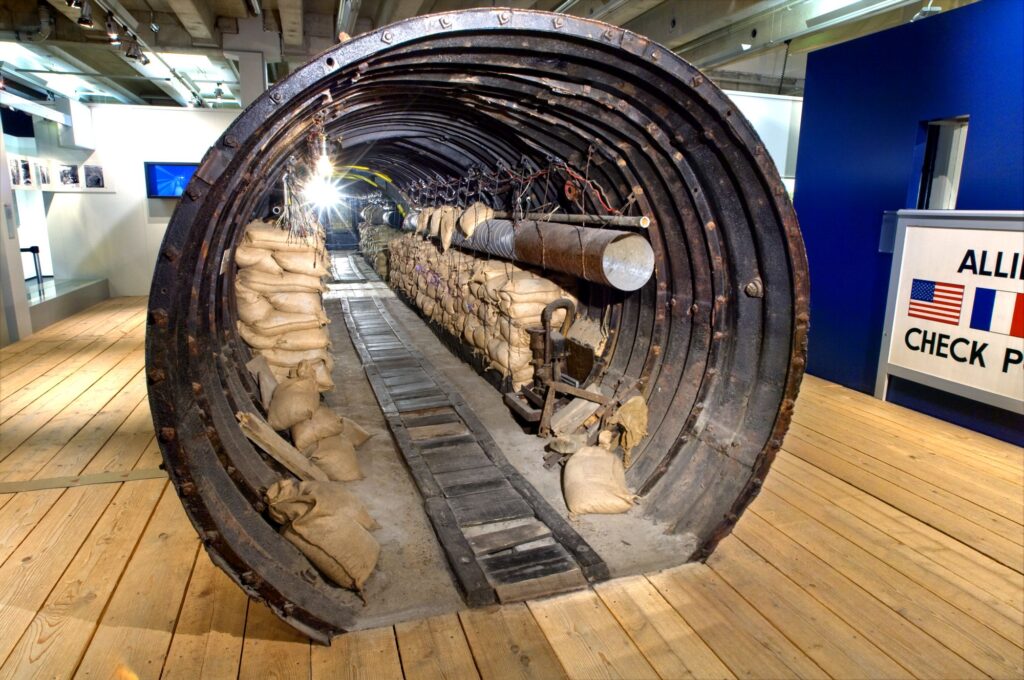
The big ones
They are the most striking exhibits at the Allied Museum: the Airlift-era British Hastings TG 503 known as the “Candy Bomber” and a segment of the Berlin Wall complete with watch tower are already visible to drivers and pedestrians from Clayallee. The last guardhouse from Checkpoint Charlie and the French military railcar are also on display on the Allied Museum grounds.
But that by no means exhausts the large-scale objects in the Allied Museum’s collection: in the medium term, we hope to be able to put small aircraft, a helicopter, two combat tanks, and other vehicles on display as well.
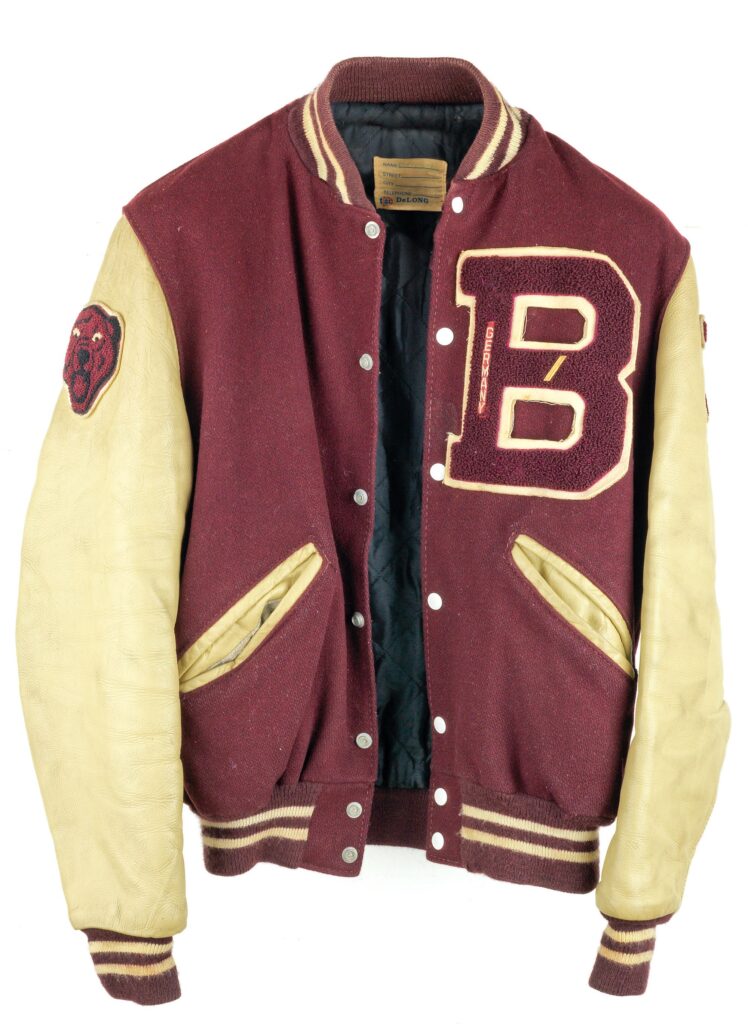
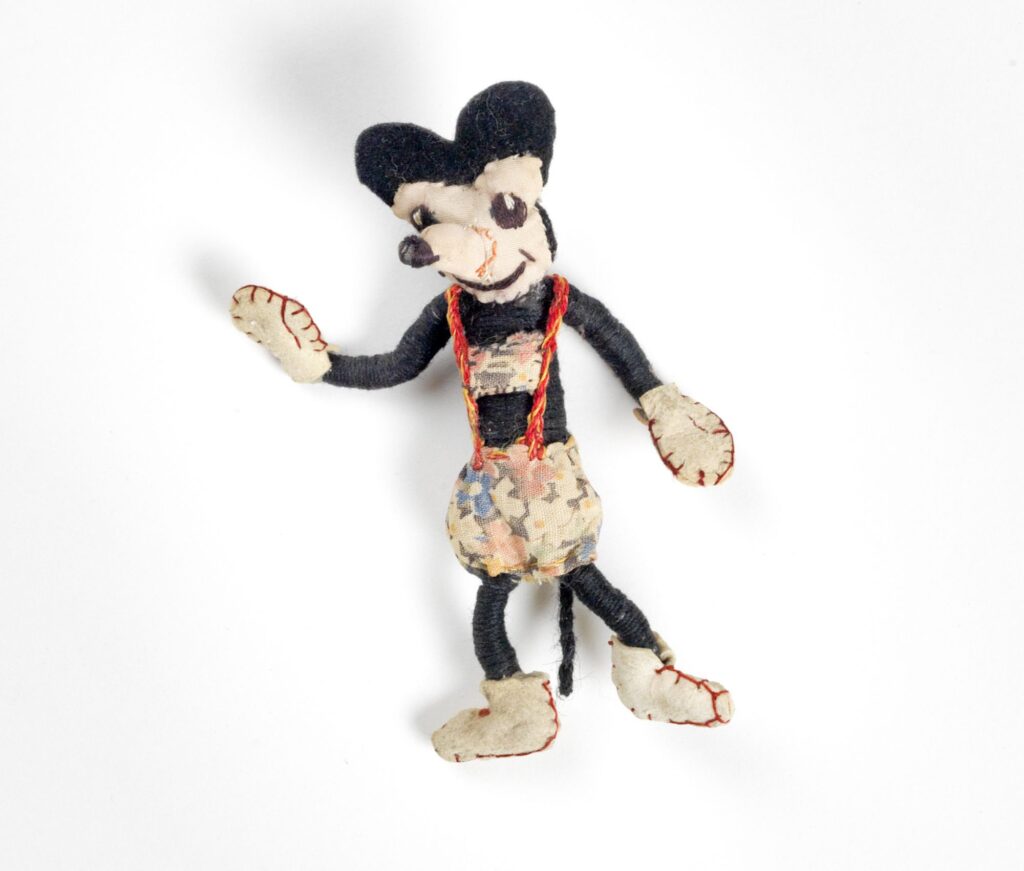
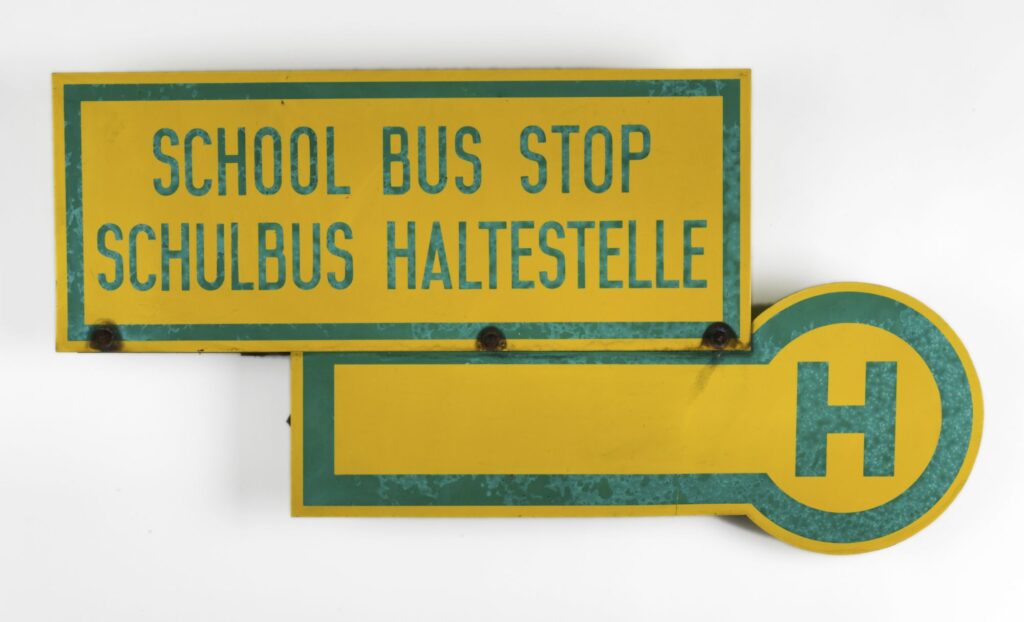
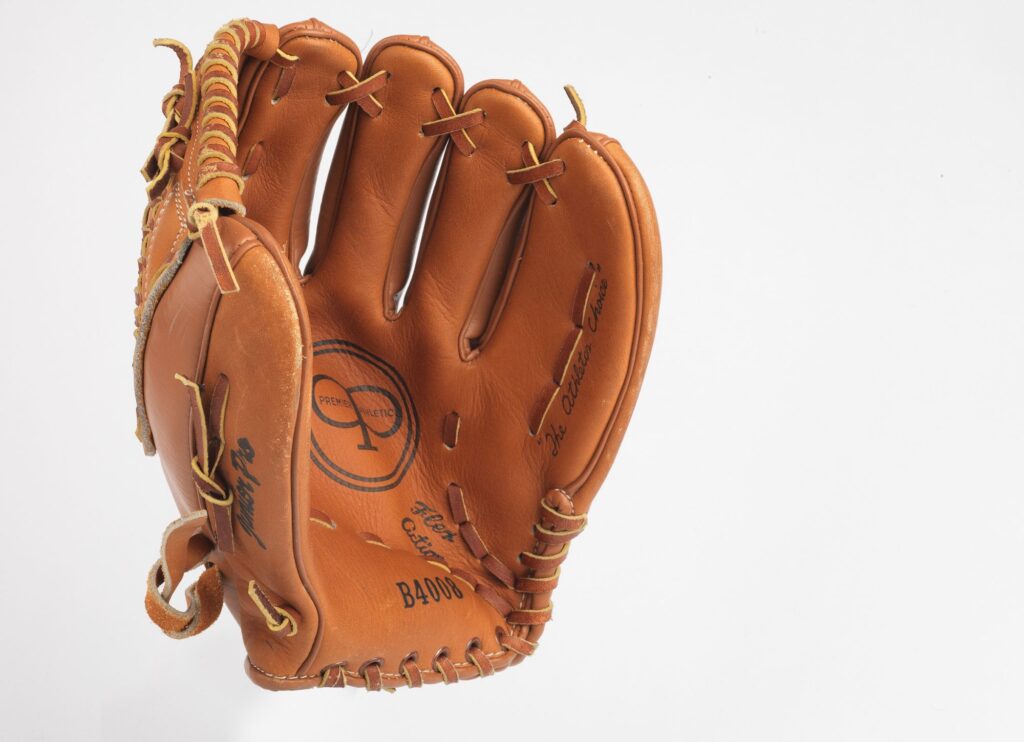
Typically American, very British, and très français
Whether it is clothing, furniture, toys or sporting equipment: the Allied Museum collection contains many objects that illuminate the everyday lives of soldiers and their families. The Allies were not the only people to patronize the American PX, the British NAAFI shop, and the French Économat in Cité Foch. Berliners, too, appreciated the typical products on offer in those supermarkets. In order to purchase them, however, they needed good contacts. What remains of the Western powers’ palaces of consumption are shopping carts, shopping bags, and food packaging.
Allies and Berliners
The Allies also participated in Berlin cultural life. One important event was the German-American Volksfest, which remains popular today, and many of its posters and props have ended up in the Museum collection. Work came before play, however, as documented by the duty passes and employers’ references for civilian employees. Tens of thousands of Berliners worked for decades for the Allies, who were an important employer in the city. Working side-by-side helped to forge ties.
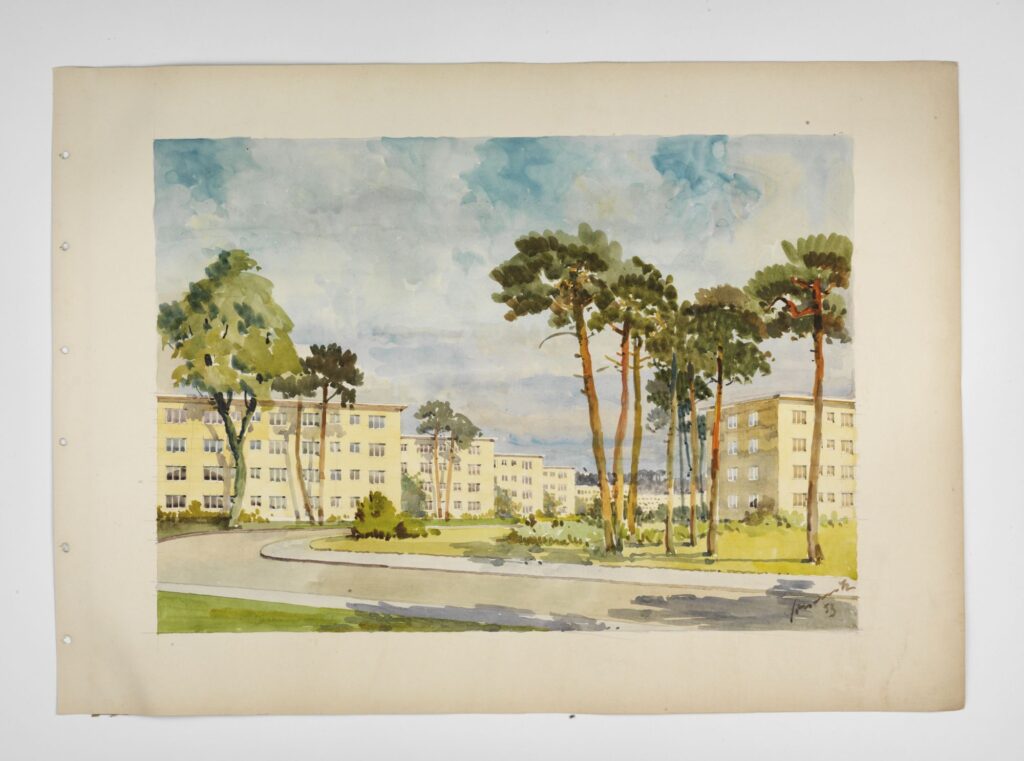
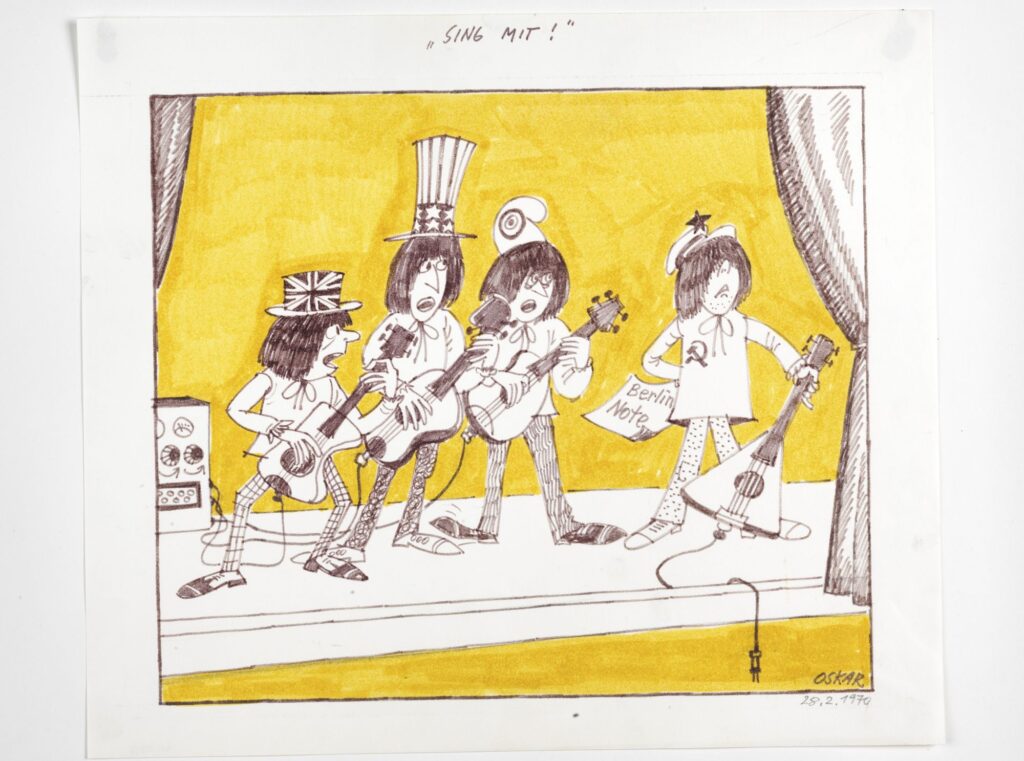
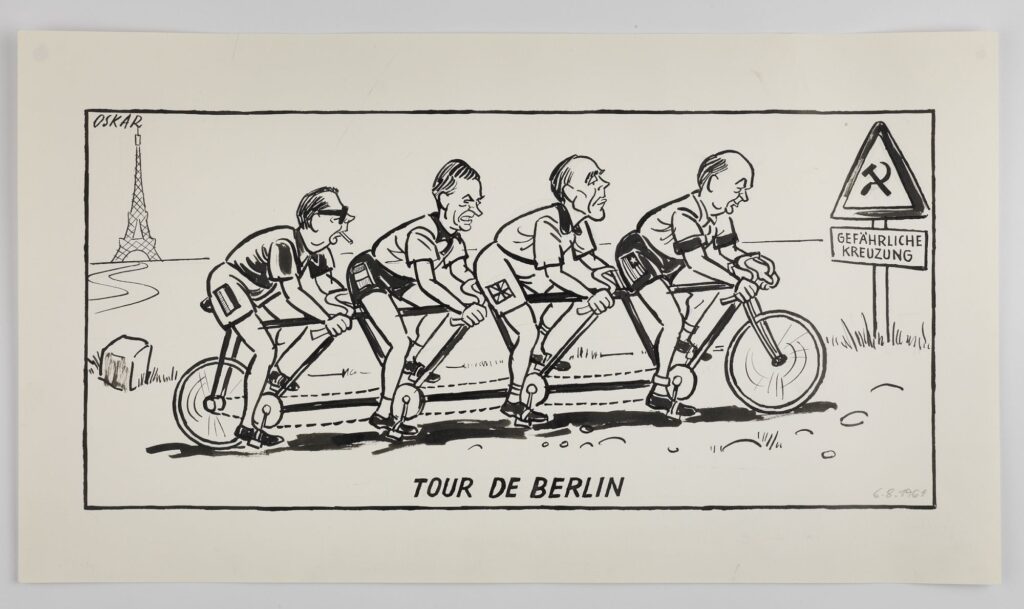
With a sharply pointed pen
The nom de plume of the Berlin cartoonist Hans Bierbrauer – Oskar – is said to have derived from the German expression “Frech wie Oskar,“ or “bold as brass.” From the time of the Berlin Airlift in 1948/49 until 1988 he commented on events in the city. With his sharp satirical pen he repeatedly scrutinized relations between the Western powers and Berliners.
The Allied Museum owns a large number of the artist’s original cartoons. The collection also includes many drawings and prints by other artists, including political cartoons on the Berlin Airlift.
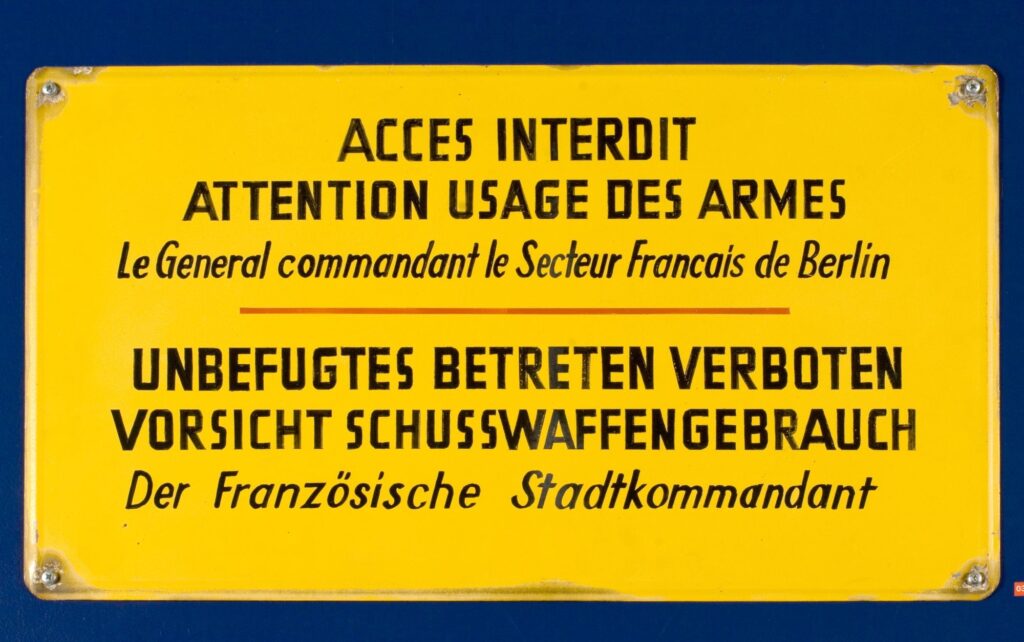
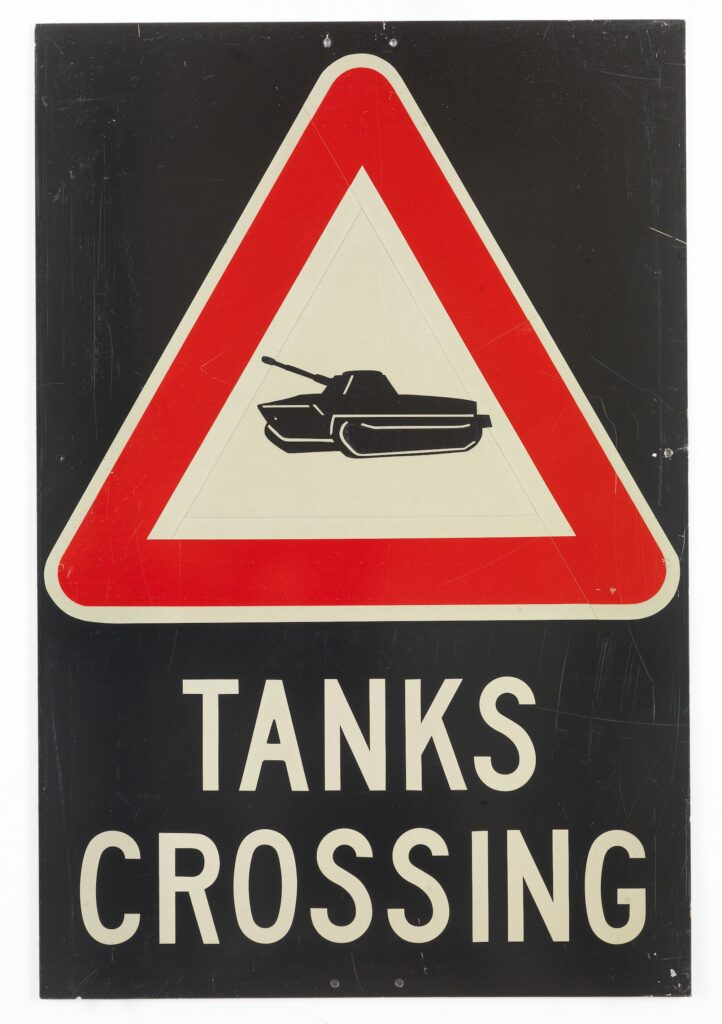
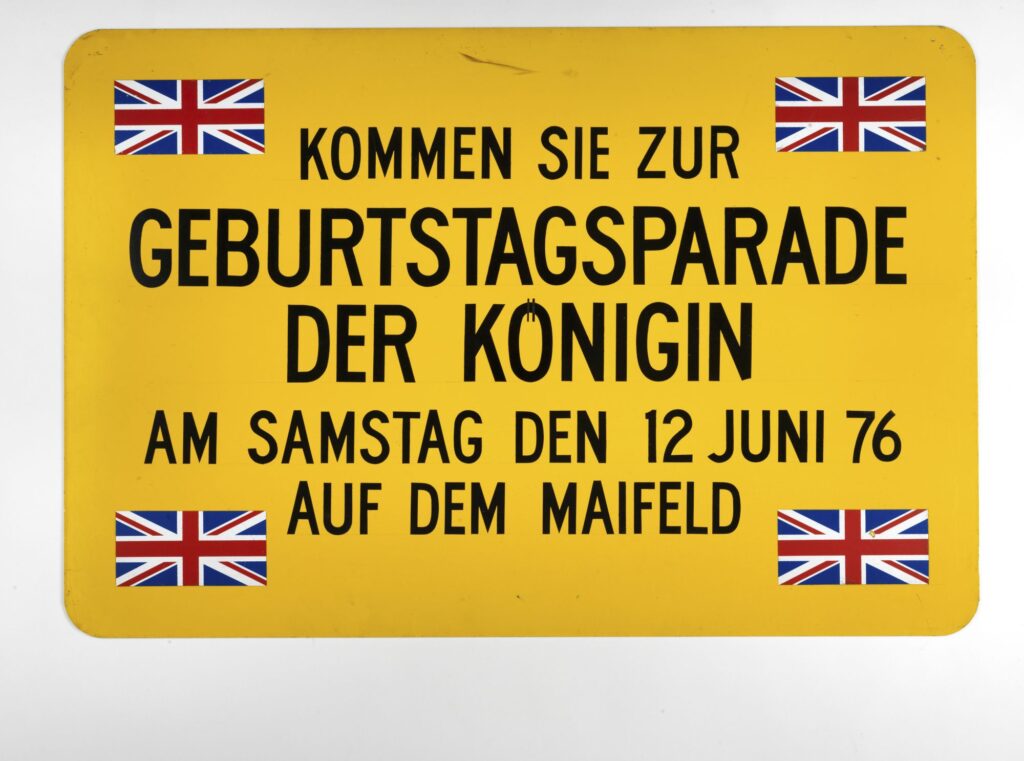
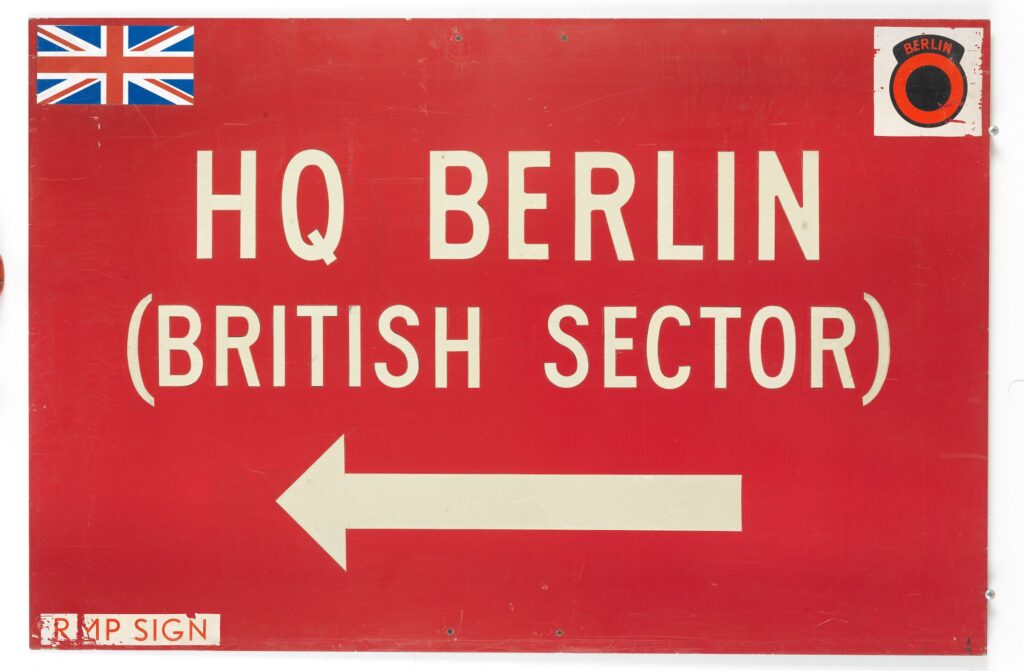
„You are leaving the American Sector“
After World War II, the victorious powers divided Berlin into four sectors. Signs marked the sector boundaries. On the western side they were mostly written in English, French, and German.
The Allied Museum possesses more than 500 signs for the most varied purposes, for example from the different military headquarters, the former listening stations on Teufelsberg or the Allied Kommandatura. The collection also includes the coats of arms of military units and directional signs from the barracks.
Signposts in everyday life
Whether they are made of wood, metal, plastic or neon: the signs in the Allied Museum collection also reflect everyday life in the garrisons. They hung in schools, movie theaters, and supermarkets, shaped the appearance of streets, and helped people to find their way around the Allied housing areas.
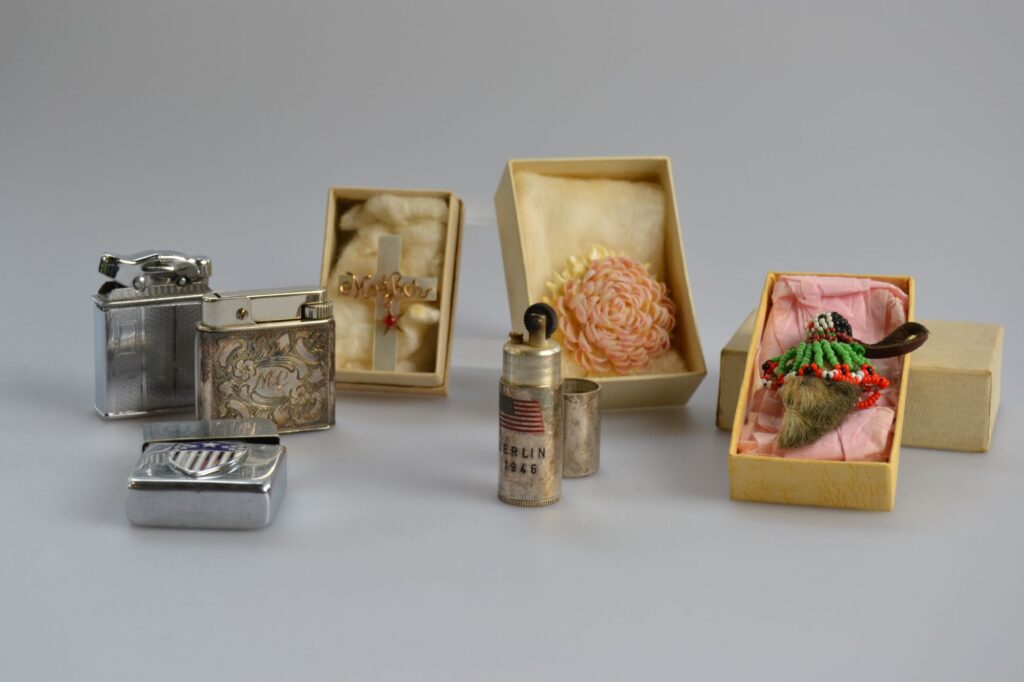
Life stories
In 1946 the American Marion S. Coleman was transferred to the U.S. military government in Berlin, where she worked as deputy director of the Public Information Office. Together with her daughter, the single mother experienced the reconstruction of Berlin and the Soviet blockade as well as the Airlift of 1948/49. She returned to the USA in June 1953.
The Allied Museum is constantly acquiring private collections and smaller deposits of private papers from individuals. However diverse the objects they contain, they are all inextricably connected with the personal stories of their depositors and offer individual insights into the history of the Western powers in Berlin from 1945 to 1994.
Collection online
We provide glimpses of our collection. Here you can search our holdings, which we have made accessible online via the platform museum-digital. You will also find our objects in the Deutsche Digitale Bibliothek and Europeana.
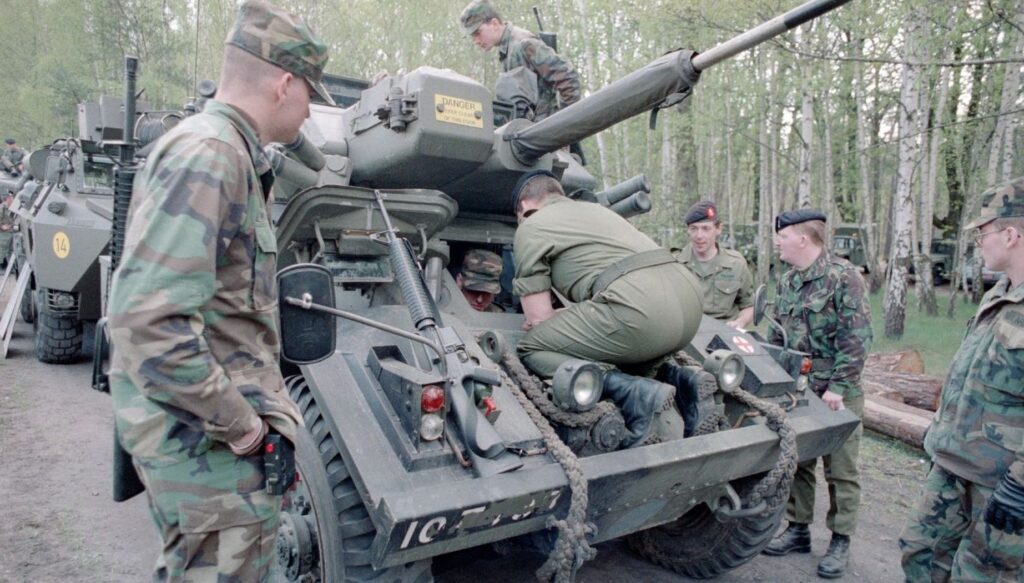
Object in focus
Every once in a while, the Museum presents a particular object, whether it is newly acquired, freshly restored or is of renewed interest because of a historical anniversary. Here you will find fascinating stories around the striking or nondescript objects left behind by the Western powers. Let us surprise you.
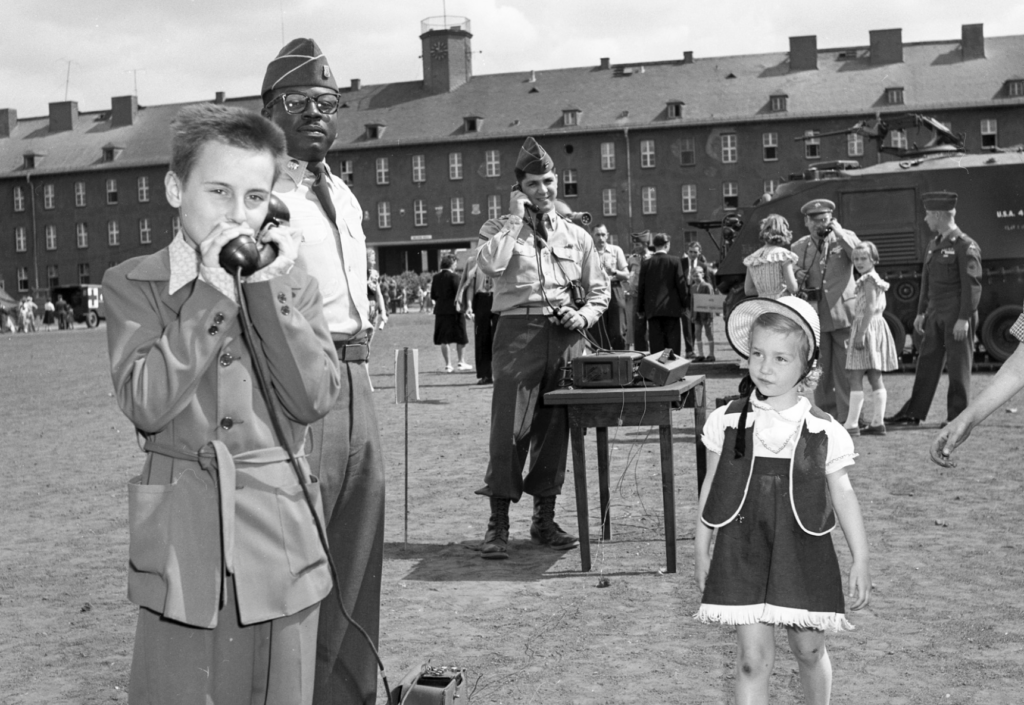
Share your memories with us!
Have you kept objects, newspapers, documents or photos recalling the presence of the Western powers that you would like to make available to the Allied Museum? Would you like to preserve your personal experiences with the Western powers for future generations by giving a contemporary witness interview? Please get in touch with us!
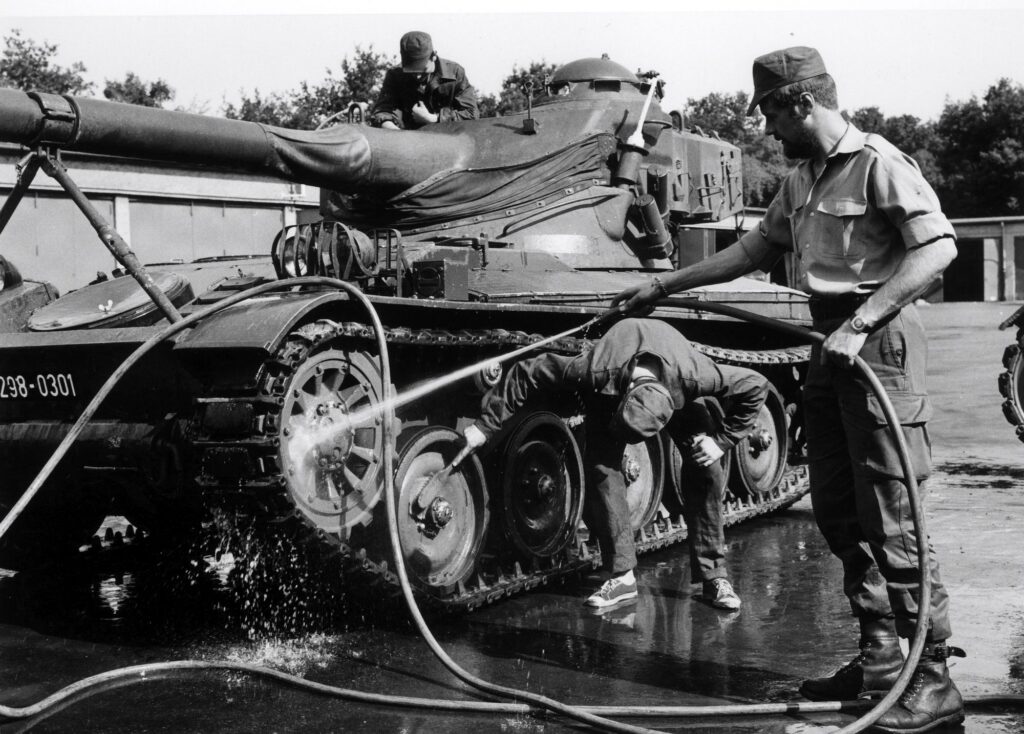
Questions about the collection?
You are conducting research on the history of the Cold War and would like to use our holdings? You work for a Museum or exhibition space and are interested in borrowing an object?

